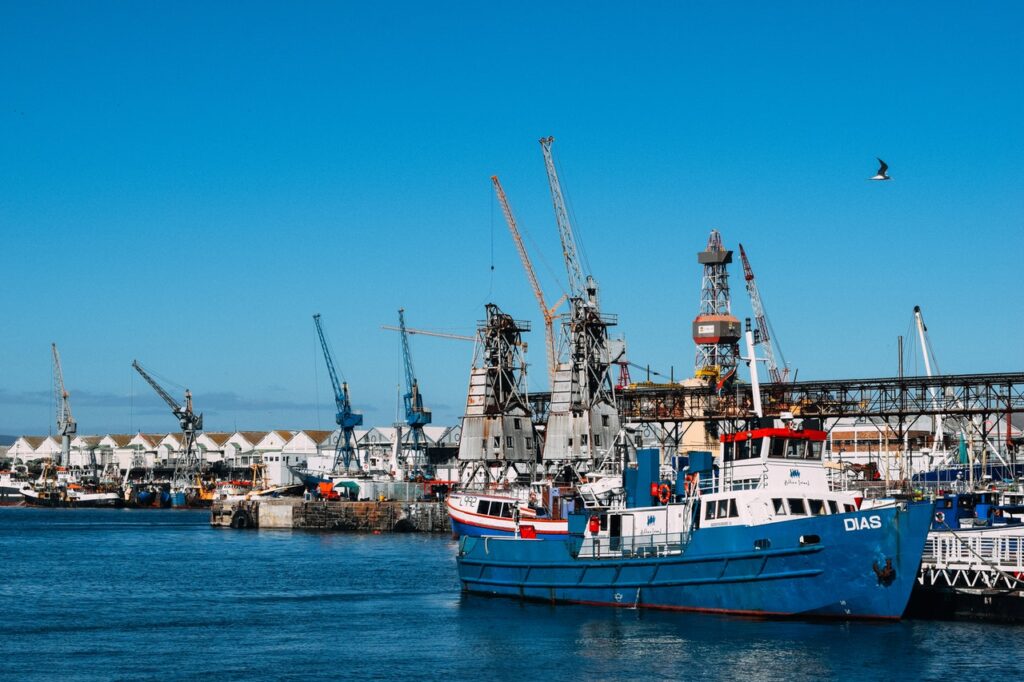Just like any business, freight carriers need to find clients. The shipping industry has a supply and demand problem. Producers want shipping to move their goods from one location to another but don’t always need it to do both legs of the journey. This is where load boards come in.
What are load boards?
A load board allows brokers to promote loads to carriers. For example, a huge free load board allows truckers that are looking at a load board to fill their truck on a return journey. Load boards are an algorithm-driven matching technology that sees the entire volume of the freight market on one screen, enabling fast loading of trucks and reducing deadheading (or driving around empty).
Every trucker needs to find a load from time to time. Truckers can search for freight on the load boards and quote for loads within a few minutes. Load boards are great tools for truckers because they allow them to search for freight, provide a quote within a few minutes and improve their efficiency.
What is a deadheading?
Deadheading is a term used in the trucking industry to describe a driver going to a delivery point only to return empty because they’re not getting a load. The term deadheading originally referred to trains that ran empty from one station to the next. The term has then been applied to freight trucks
What are the issues with deadheading?
Drivers are losing money while they are driving around empty. They are wasting their time and burning fuel.
Deadheading also causes congestion. Dozens of trucks get to a delivery point at the same time to deliver loads or pick up loads and have to wait for the other trucks to leave first to enter a dock or offload freight.
In addition, some carriers pay loaded miles instead of empty miles, which means that when a driver is deadheading, they don’t receive any payment for it. However, it’s not just poor fuel economy or driver’s earnings that are affected. There are some very real safety concerns with empty trucks on the road.
Drivers are not regularly trained to drive an empty truck. For an inexperienced trucker braking an unladen truck can be harder than a fully-loaded vehicle. The vehicle will also react differently when it’s empty. For example, crosswinds may have more of an impact than on a fully laden vehicle.
Reducing deadheading also reduces the issue of driver shortages. The fewer miles a vehicle travels empty improves the overall industry efficiency and makes the best use of available capacity.
Solutions
Load boards are great because they provide a way for truckers to find freight, quote for freight, and improve their efficiency. Freight brokers rely on load boards to find loads. As a result, truckers are more confident when searching for loads, quoting for them, and have an improved sense of reliability when freight is being delivered.
Load boards are a great way for truckers to find freight and for brokers to find truckers. Because load boards can be accessed from anywhere, 24 hours a day, there is no need for truckers either to drive around waiting for a load or to return home empty. They can wait until the last moment and then log in on their smartphones as soon as there is an opportunity. Truckers have also become more efficient because they can search for loads easily and quote on them quickly.

